Sustainability efforts not only shaped the construction of Adohi Hall, they also influenced its furniture.
Most construction projects require wooden shipping palettes to transport building materials to the site. The palettes are usually discarded, but the University of Arkansas used those materials to build tables in Adohi Hall.
Housing needed furniture for the Adohi Creative Community’s maker space and the “Cabin” common area. There was leftover cross-laminated timber (CLT) shipping palette material, so what was headed to a landfill was instead made into functional furniture, said Angela Carpenter, Fabrication Labs manager for the Fay Jones School of Architecture and Design.
The shipping material just so happened to be the same type of material used in Adohi Hall, which sparked the idea to reuse the CLT.
“It was an opportunity to show sensitivity to the environment in a reduction of construction waste and express design using a recycled material,” Carpenter said.
As the lab manager, Carpenter was involved in all aspects of the project from design to construction. She worked with three other team members, Justin Tucker, Randal Dickinson and Rachal Smith-Loerts, in the Fabrication Labs to collaborate with University Housing and brainstorm ideas for the table design.
Seven students, Corey Booth, Ryan West, Phillip Kling, Leo Zepeda, Juston Bottoms, Max Frank, Ryan Harris, and one alumnus, Dallas Myers, helped with the project from its beginning in Fall 2018 to its construction in Summer 2019. Most of them had previously worked for the Fabrication Labs.
The students were an important part of the project. Soon they will enter their professional careers, and they will take this knowledge with them, Carpenter said.
The team produced 30 tables for the Maker Space and three tables for the cabin area.
The team built two types of tables that differ slightly based on their intended uses. In the Cabin area, the tables are mostly for eating students gathering, so they have a laminate on the top surface of those tables. The tables in the maker space are more raw wood because they are a workspace for students.
CLT is a sheet material, so learning how to build it into furniture poses different challenges. Processing the CLT panel was quite cumbersome, she said. The team used a large circular saw to cut down the material, a computer numerical control (CNC) router to profile and cut joints, a 50-inch drum sander to run the pieces through and a clear coat for final assembly, Carpenter said.
“Working with your hands to build materials in general is interesting,” Carpenter said. “I have never had a chance to work with CLT before, so learning the best way of processing the material is challenging and rewarding.”
They built part of the tables in Vol Walker Hall on campus and another part in the off-campus facility off Government Avenue.

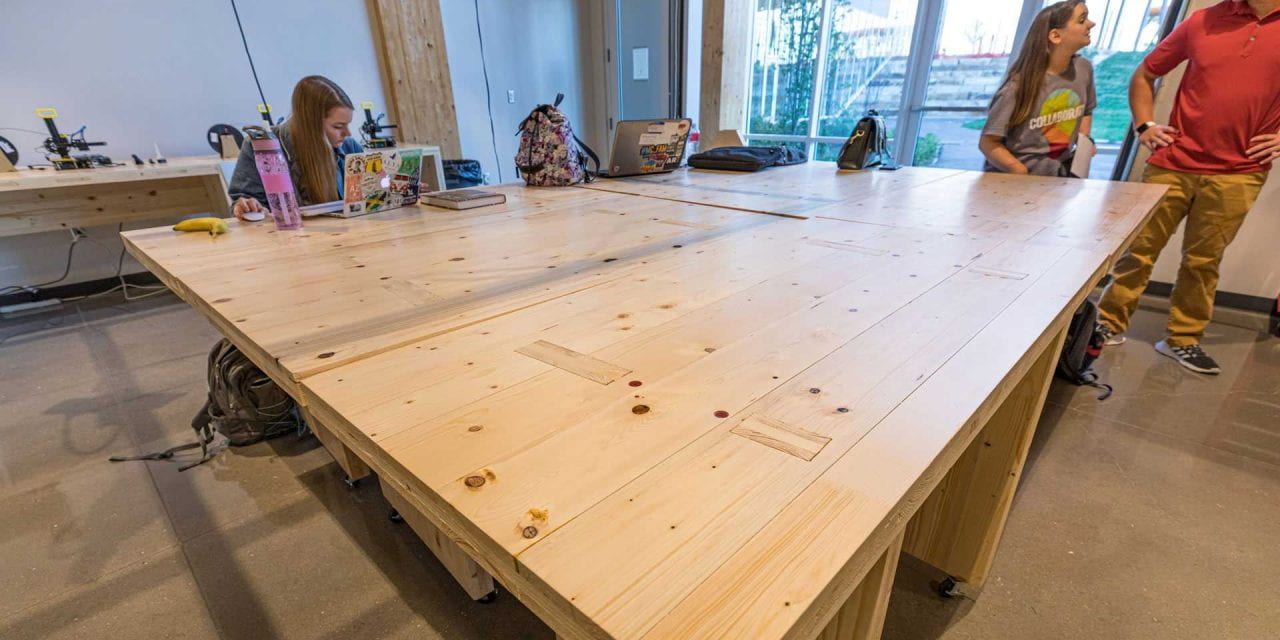
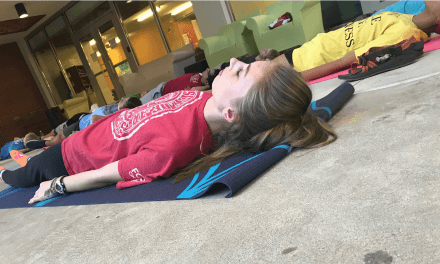
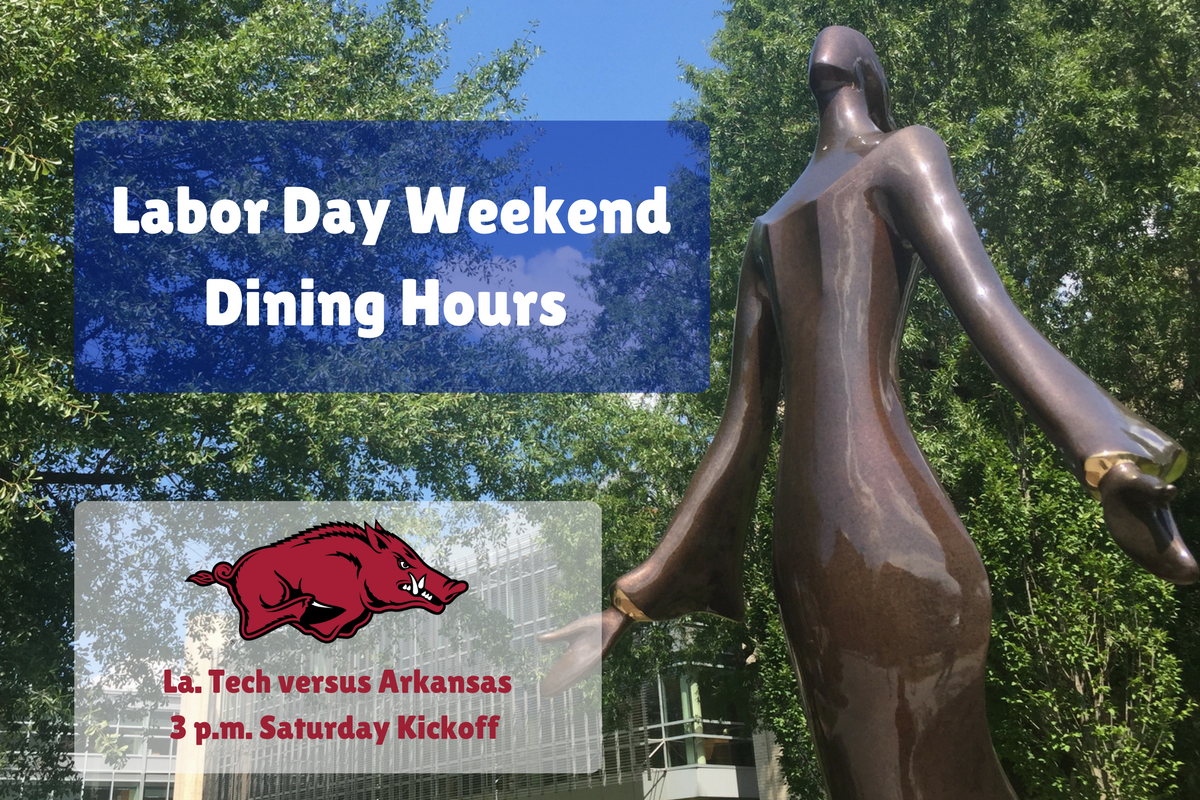
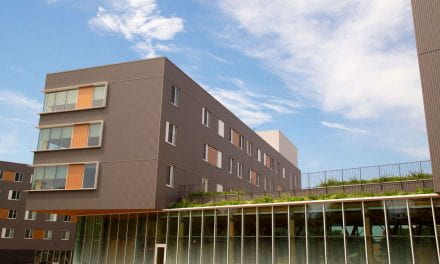
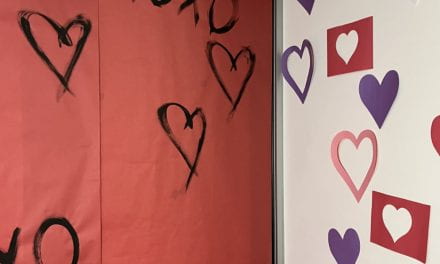
What a great job you are doing with these materials, I would like to see more photos. Is it possible? I’m glad you are doing well, keep working!
https://spacio.es/